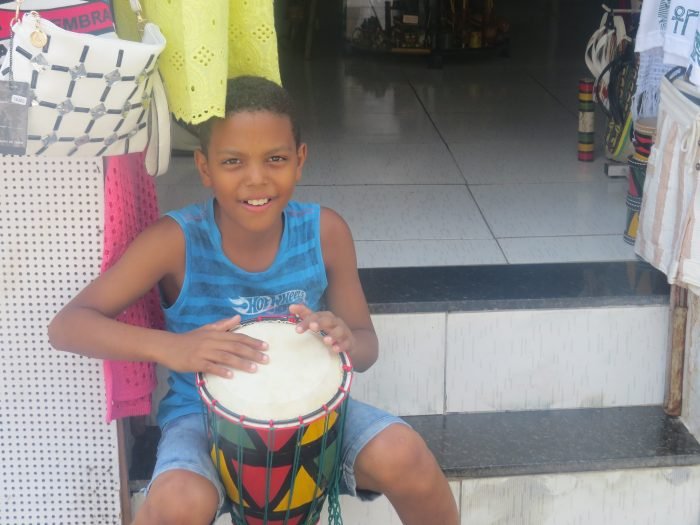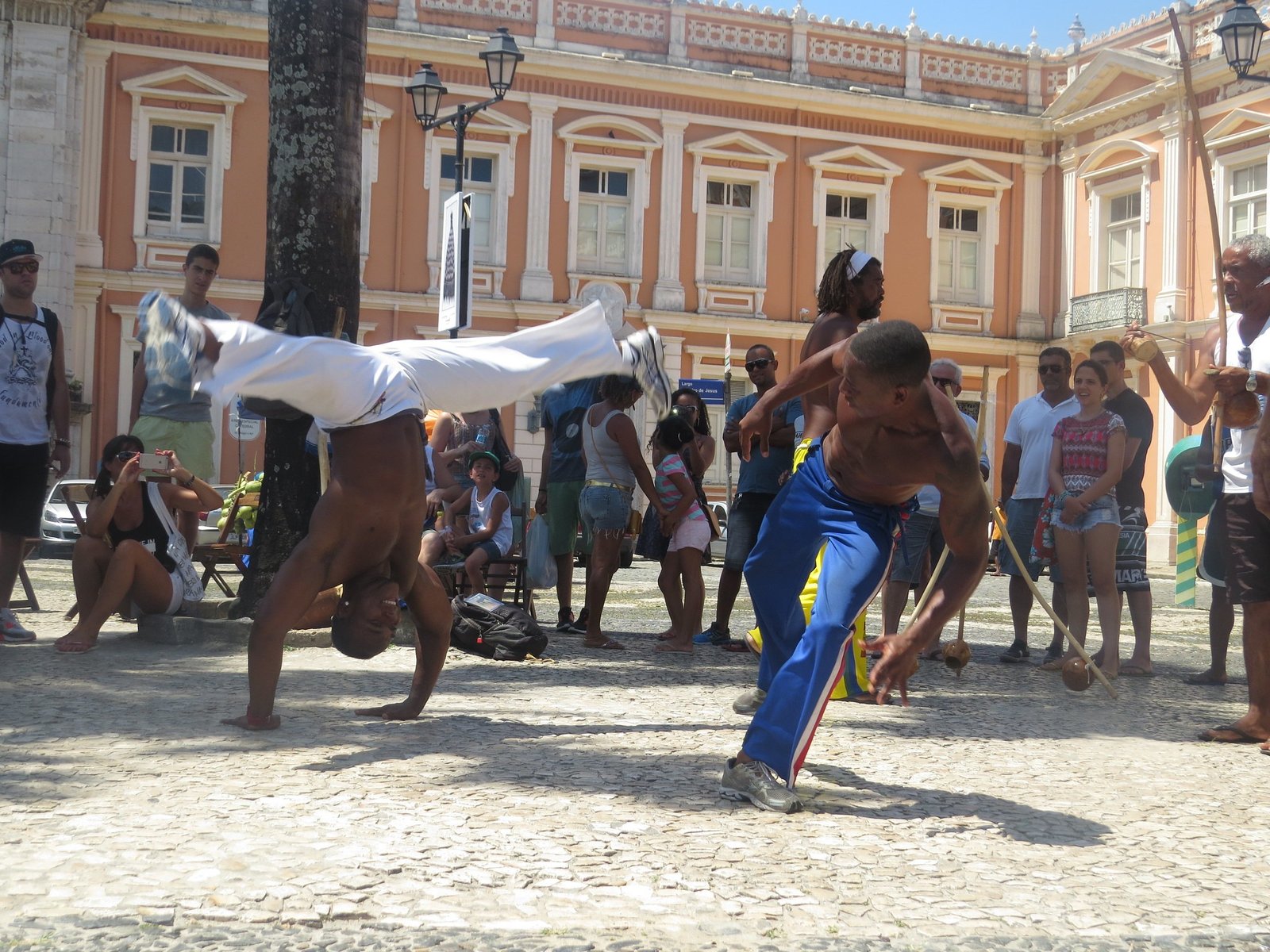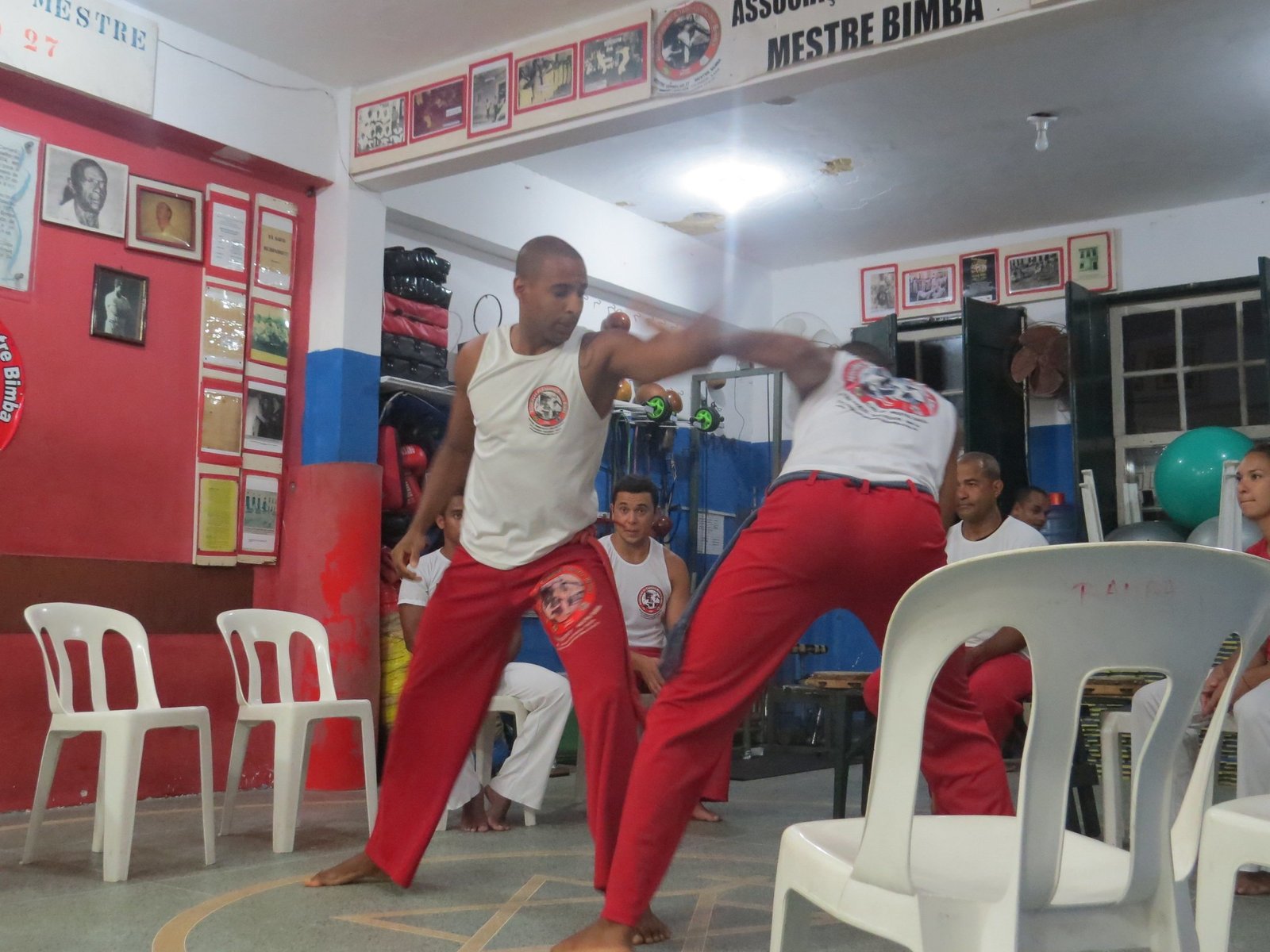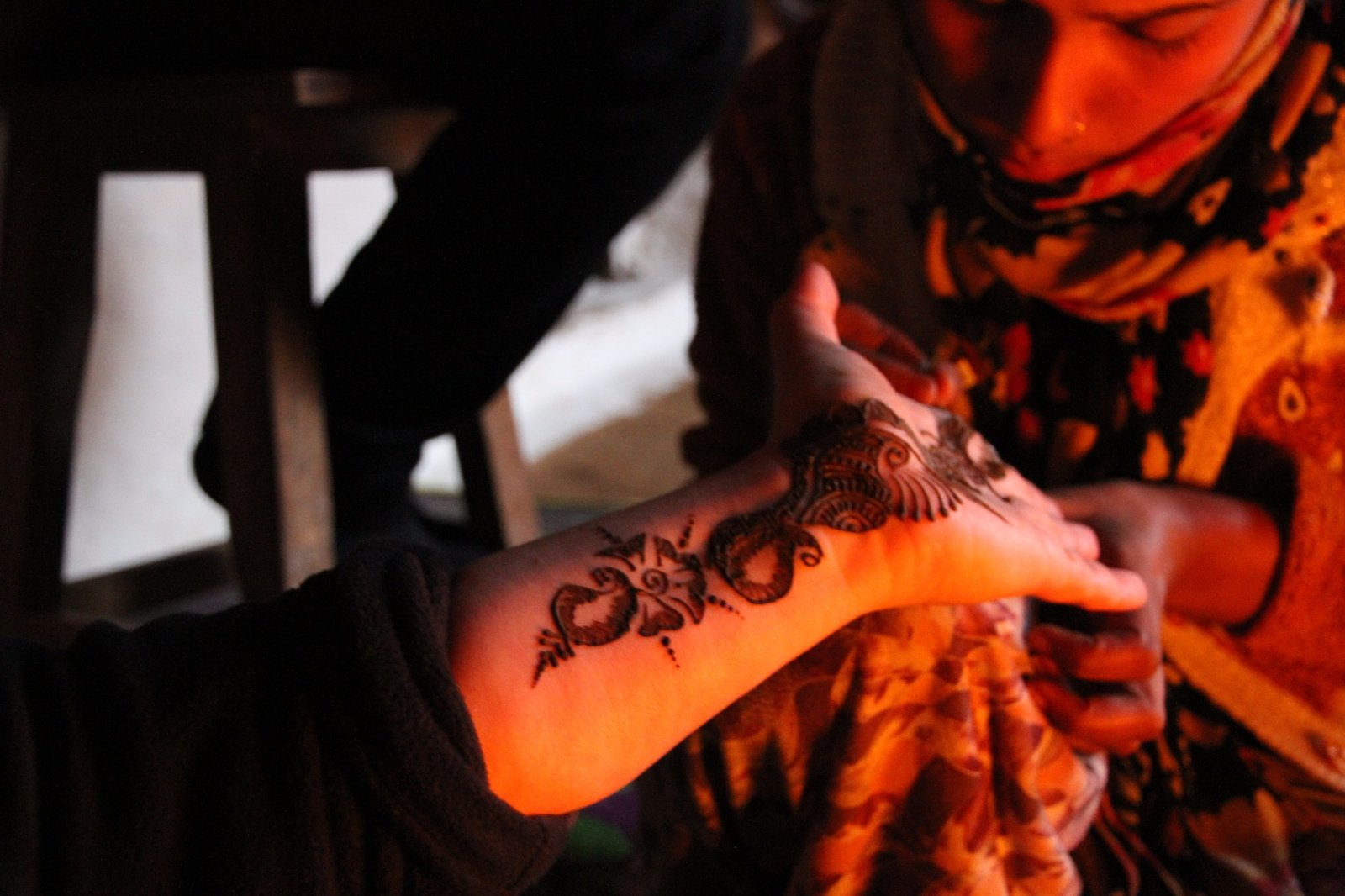The word "Brazil" means so many different things for me—world-renowned beaches, the national soccer team, and 1980s telenovelas with enough twists and turns to bring the whole of the USSR to a standstill. But above all, Brazil is all about its music—samba, bossa nova, samba-reggae. While we didn’t visit Brazil during the Carnival, our entire two-week stay was set to the pulsating rhythm of its music.
We started our exploration in Rio de Janeiro. Rio has the most beautiful natural setting for any city we’ve ever seen—mountains, valleys, ocean, and endless beaches combine to make the city uniquely beautiful. The best attraction in Rio is Rio itself, especially the views of the city from high points: Sugarloaf, Christ Redeemer, and Dois Irmãos Mountain. We enjoyed our time on the famous Copacabana Beach, and I even managed to play a quick game of soccer with the locals… and got tired almost immediately, as playing in the sand is more difficult than it looks. Yet, the main memory I have of Rio is the music.
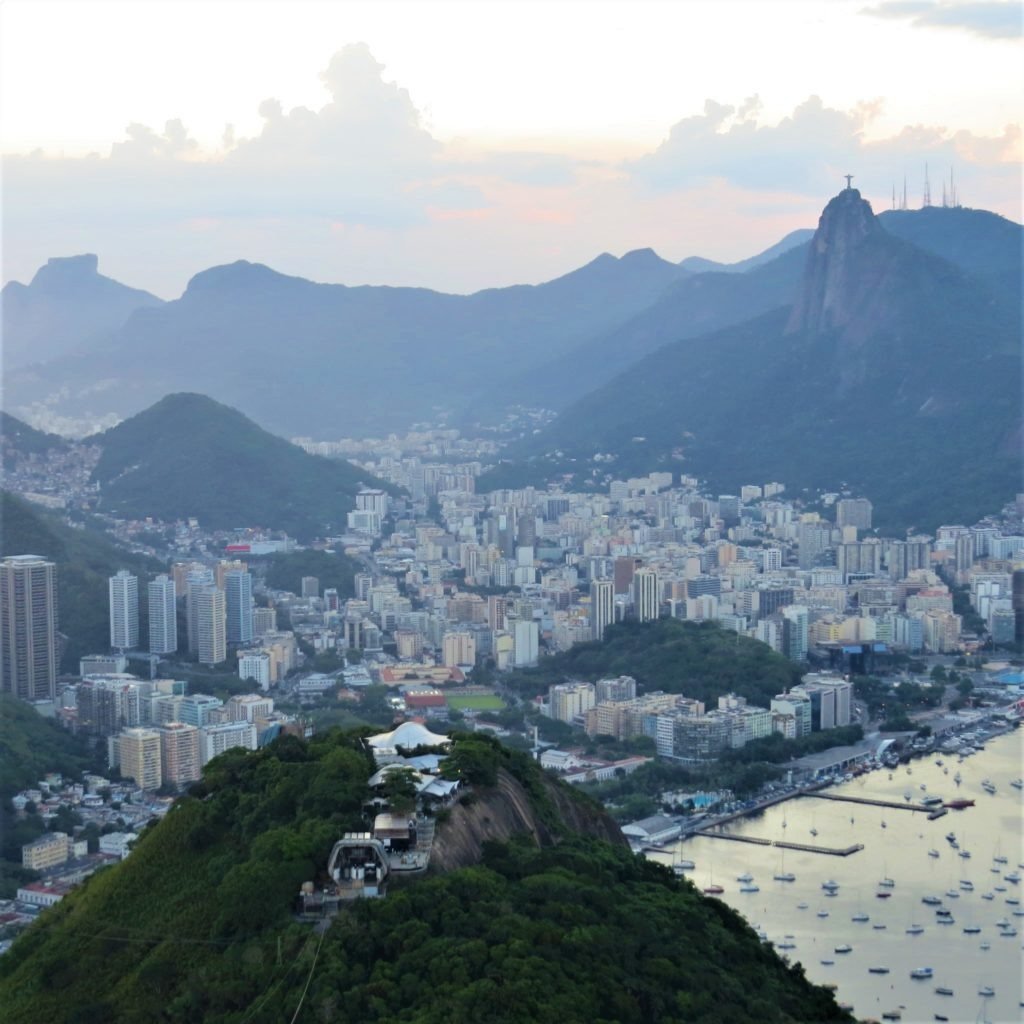
On the second day, we visited Lapa—the musical heart of the city. As we approached the neighborhood, music was blasting from every building on the block. There were so many clubs, we didn’t know which one or how many to visit. After a short stroll, we ended up at a club, which was loudly playing “Mas Que Nada” through open windows. It was late in the evening, and Julia was crashing after a very long day. She decided to listen to the music from the comfort of a leather chair on the second floor. But I was ready for the dance floor. I rarely dance in public, but somehow, it felt right to go clubbing here in the musical and dancing heart of Rio. I often end up doing things on trips that I would never do at home, from eating grubs and getting painful massages to dancing my ass off in a Brazilian club, all in the name of cultural experiences.
So, I hit the dance floor. The band played well-known Brazilian numbers, and the club was packed with locals and foreigners. Fueled by infectious music and caipirinhas consumed earlier, I was completely lost in the moment. I'm sure I looked foolish, but I didn’t care. I danced like no one was watching, totally drunk on music, atmosphere ... and caipirinhas I consumed earlier. At some point, one of the musicians brought an empty glass bottle and put it in the center of the room. I had no idea why the bottle was there, but everyone around acted like it was completely normal and danced around it. Then, the band started to play samba. People made a circle around the bottle and moved enthusiastically to the beat. I was still not sure what was happening. Then, one by one, Brazilian girls started dancing up to the bottle and swaying their butts lower and lower. The goal, as I could see now, was to go as low as one could go, without touching the bottle or knocking it over. With everyone cheering and laughing, music playing louder and louder, and girls doing this weirdly hot “bottle” dance, it was the most fun I’ve ever had in a club.
After all the girls showed their skills, it was the guys’ turn. Boys were doing just fine until a Brazilian girl with a huge Afro looked at me and gently pushed me inside the circle and yelled in Portuguese something along the lines: “It's now your turn!” Everyone was clapping and cheering, and I had no choice but to test my flexibility in a very public way. I wasn’t graceful, but I was determined. It was as close to twerking as I’ve ever come, and in return, I received a roar of laughter from the crowd. After the dance ended, the band took a break, and I ran upstairs to tell Julia that she'd missed the show of her life.

Waking up the next morning, I was still smiling about my dancing shenanigans of the night before. The new day brought us an opportunity to learn about another style of music Brazil gave to the world—bossa nova. The style was developed and popularized in Brazil in the 1950s and captured the world in the 1960s with its hit “Girl from Ipanema” (“Garota de Ipanema”). Bossa nova can generally be described as a blend of samba and jazz, accompanied by melancholic lyrics. After its initial success, bossa nova later lost its popularity. Yet, we couldn’t miss a chance to listen to it in Rio. After spending a day on Ipanema—a more upscale and sophisticated beach compared to the more down-to-earth Copacabana—we finished the day at the nearby Vinicius Bar. The venue, named after Vinicius de Moraes, a poet who wrote the lyrics of “Girl from Ipanema,” is still the go-to venue for bossa nova. The club is right across the street from where the famous song was composed. The place is now filled mostly with tourists who come to listen to the nostalgic sounds of bossa nova. Sitting in a dimly lit club, just a few blocks from Ipanema Beach, it was surreal to listen to the song about a girl from Ipanema who ignores a love-sick poet day after day. It felt as if the song, in that very moment, in that place, came alive.
Our explorations of music continued in Salvador de Bahia. This large port city in northeast Brazil is known for its Afro-Brazilian culture as a remnant of the past when slaves from Africa were brought here by the Portuguese. The African population left a clear mark on Salvador and Brazilian culture, including its music. Capoeira, a martial art disguised as a dance that slaves secretly practiced on plantations, can still be experienced in Salvador. The sound of capoeira music can be heard in the streets where the locals perform capoeira demonstrations for tourists or in nearby capoeira schools where students from all over the globe hone their moves.
Salvador is also home to the world-famous music of Olodum. Started as a percussion group, Olodum developed a music style known as samba-reggae. These days, Olodum is the beating heart of the Brazilian Carnival, a social movement, and a cultural phenomenon. Visitors to Salvador can enjoy high-quality concerts at the Olodum School. For two straight nights, we attended concerts and learned more about Brazil and Afro-Brazilian music.
The biggest moment for Olodum happened in 1996 when Michael Jackson came to Salvador to film parts of his “They Don’t Care About Us” music video with 200 members of the Olodum group playing drums in the video. The song is about inequality, poverty, and police brutality, and Salvador, one of the most violent cities in Brazil, was the perfect spot to make a music video. The balcony from which the king of pop was pumping his fist into the sky and singing immortal lines -“They don’t care about us!” now displays his cardboard cutout, and tourists can pay a few bucks to take a picture on that iconic balcony. In addition to weekly concerts, Olodum groups entertain tourists in the center of Salvador by walking around and playing drums just like in Jackson's video.
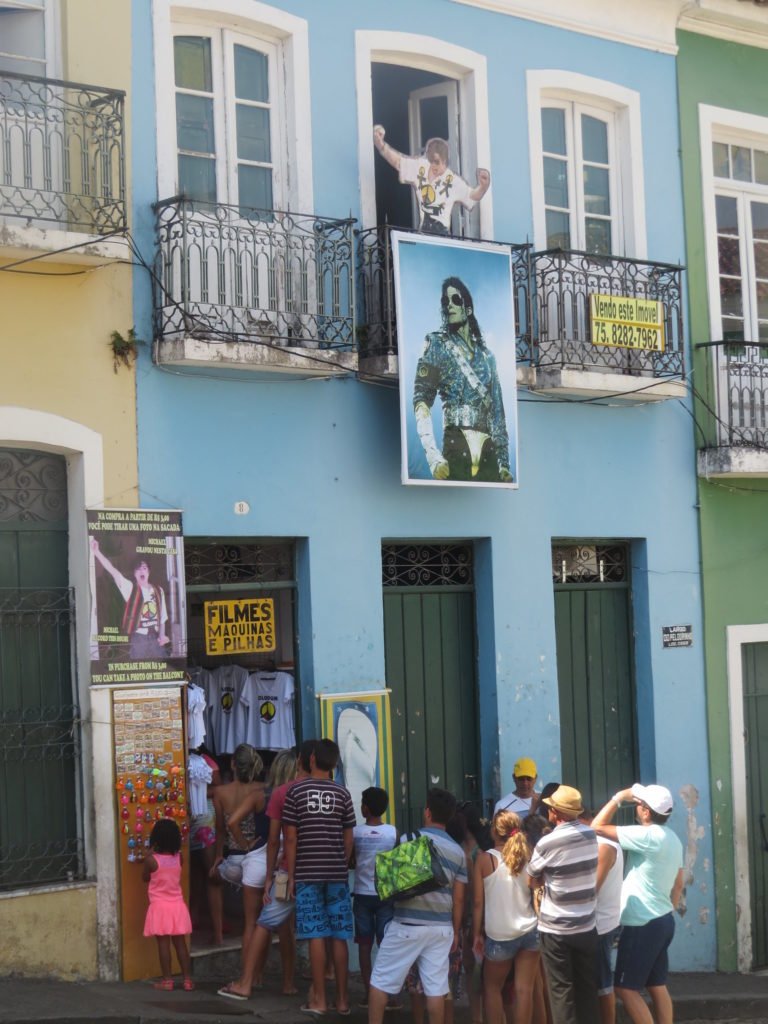
We have many interests and often make travel plans specifically to accommodate my love for art and architecture or Julia’s obsession with food, animals, and nature. But Brazil had its plans for us. Whether we were eating street food in Salvador or lost in the concrete jungle of Sao Paulo or gaping, wide-eyed, at the natural beauty of Rio de Janeiro, Brazil’s music seeped into our hearts and minds, permeating every memory of this trip with its infectious beat. From a boy outside a shop selling drums and berimbau instruments to a group of capoeira dancers showing off their moves in the streets, from melancholic notes of bossa nova to the joyful beat of samba-reggae, Brazil’s music is inescapable, irresistible, and impossible not to fall in love with.
